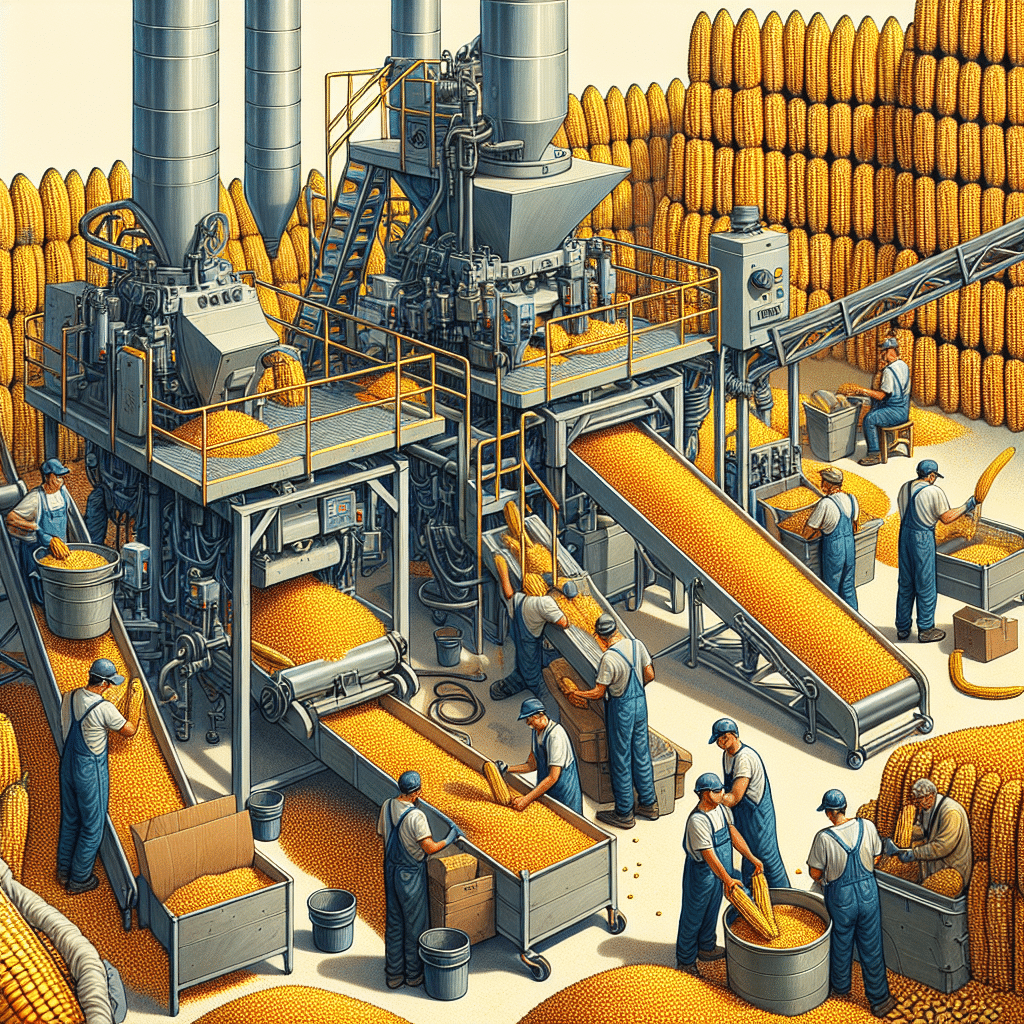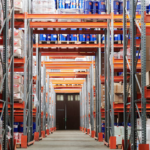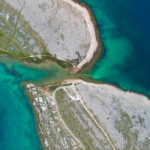The Role of Industrialization in Geography: Exploring the Challenges and Opportunities – PRZEMYSL Sprawdzian Oblicza Geografii 2 PDF
The Role of Industrialization in Geography: Exploring the Challenges and Opportunities
Industrialization has had a significant impact on geography, shaping our understanding of the world and presenting both challenges and opportunities. This article aims to explore the multifaceted relationship between industrialization and geography, highlighting its implications and providing valuable insights for readers.
Understanding Industrialization
Industrialization refers to the process of transforming an economy from primarily agrarian to one dominated by industry and manufacturing. It involves the mechanization of production, technological advancements, and the growth of urban areas. Industrialization has been a driving force behind economic development and societal transformation over the past few centuries.
Impact on the Physical Environment
One of the most significant challenges posed by industrialization is its impact on the physical environment. The rapid growth of industries has resulted in increased pollution, deforestation, and depletion of natural resources. This has led to negative consequences such as climate change, loss of biodiversity, and ecological imbalances. Industrialization has altered landscapes, disrupted ecosystems, and contributed to environmental degradation.
However, it is important to note that industrialization has also presented opportunities for environmental sustainability. Technological innovations have paved the way for cleaner energy sources and more efficient production methods. The development of renewable energy technologies, for example, has the potential to mitigate the environmental impact of industrialization.
Social and Economic Impact
Industrialization has not only shaped the physical environment but also had profound social and economic implications. It has led to urbanization, as rural populations migrate to cities in search of employment opportunities. This mass migration has resulted in the growth of urban areas and the emergence of metropolitan regions.
The concentration of industries in urban areas has led to the formation of industrial clusters and economic specialization. This has created job opportunities, increased productivity, and spurred economic growth. However, it has also resulted in social inequalities and uneven regional development. Some regions have benefitted greatly from industrialization, while others have struggled to compete and face economic decline.
Regional Disparities
Industrialization has played a crucial role in shaping regional disparities and geographical inequalities. It has led to the rise of industrial centers and the decline of traditional rural economies. Regions with abundant natural resources or favorable geographical conditions for industrial development have experienced rapid growth and prosperity. On the other hand, regions lacking these advantages have fallen behind and faced economic challenges.
Moreover, industrialization has influenced the spatial distribution of economic activities. Industries tend to cluster in certain areas, resulting in the concentration of economic power and resources. This has created challenges for peripheral regions and rural areas, which often struggle to attract investments and development opportunities.
Conclusion
The role of industrialization in geography is complex and multifaceted. While it has presented numerous challenges, such as environmental degradation and social inequalities, it has also created opportunities for economic development and technological advancement. Understanding these dynamics is crucial for policymakers and researchers alike, as it allows for informed decision-making and the formulation of sustainable development strategies.
As industrialization continues to shape our world, it is essential to strike a balance between economic growth and environmental preservation. Harnessing the power of technology and innovation, we can mitigate the negative impacts of industrialization and create a more sustainable future for all.
Pytania i odpowiedzi
Jakie są główne wyzwania związane z industrializacją w geografii?
Główne wyzwania związane z industrializacją w geografii obejmują zanieczyszczenie środowiska, utratę bioróżnorodności, degradację obszarów wiejskich oraz nierównomierny rozwój regionalny.
Jakie są korzyści związane z industrializacją w geografii?
Korzyści związane z industrializacją w geografii to wzrost gospodarczy, tworzenie miejsc pracy, rozwój infrastruktury i technologii oraz zwiększenie możliwości handlowych i eksportowych.
Jak industrializacja wpływa na rozkład ludności w geografii?
Industrializacja może powodować migrację ludności z obszarów wiejskich do miejskich, co prowadzi do zmiany rozkładu ludności oraz powstawania obszarów o wysokiej gęstości zaludnienia wokół centrów przemysłowych.
Jak industrializacja wpływa na środowisko geograficzne?
Industrializacja może prowadzić do zanieczyszczenia powietrza, wody i gleby, powstawania odpadów przemysłowych oraz degradacji ekosystemów, co negatywnie wpływa na środowisko geograficzne.
Jak industrializacja wpływa na rozwój obszarów wiejskich w geografii?
Industrializacja może prowadzić do migracji ludności z obszarów wiejskich do miejskich, co powoduje ubytek mieszkańców w tych obszarach oraz degradację i zaniedbanie infrastruktury i usług publicznych w rejonach wiejskich.
Jak industrializacja wpływa na rozwój infrastruktury w geografii?
Industrializacja przyczynia się do rozwoju infrastruktury w geografii poprzez budowę dróg, portów, lotnisk, linii kolejowych oraz elektrowni i zakładów przemysłowych. Ta rozbudowa infrastruktury umożliwia transport towarów, komunikację oraz zaspokojenie zapotrzebowania na energię.
Jakie są negatywne skutki industrializacji dla bioróżnorodności w geografii?
Industrializacja może prowadzić do utraty różnorodności biologicznej poprzez niszczenie siedlisk naturalnych oraz stosowanie pestycydów i chemikaliów szkodliwych dla organizmów żywych. To z kolei może wpływać na zmniejszenie populacji oraz zagrozić istnieniu wielu gatunków.
Jak industrializacja wpływa na rozwój regionalny w geografii?
Industrializacja może prowadzić do nierównomiernego rozwoju regionalnego, gdzie pewne regiony będą rozwijać się szybciej i zyskiwać więcej inwestycji i miejsc pracy, podczas gdy inne regiony mogą pozostać w tyle. To może prowadzić do zubożenia i wzrostu nierówności społeczno-ekonomicznych.
Jaki jest wpływ industrializacji na sektor usług w geografii?
Industrializacja może prowadzić do rozwoju sektora usług, takich jak transport, handel i finanse, w celu obsługi rosnącego przemysłu. To może prowadzić do wzrostu zatrudnienia i dochodu w sektorze usług.
Jak industrializacja wpływa na urbanizację w geografii?
Industrializacja może prowadzić do wzrostu urbanizacji, czyli procesu migracji ludności do miast i wzrostu populacji miejskiej. W wyniku tego procesu następuje dyfuzja rozrastania się obszarów miejskich, powstawanie slumsów oraz wzrost problemów związanych z infrastrukturą i usługami publicznymi.




















